Every October, film fans start looking for horror movies to add to their watchlists. Halloween is the perfect time for a good horror movie or two, but if it’s a tradition undertaken every year, avid horror fans may run out of ideas for films to watch after a while. Recommendations can be helpful, but more often than not, the focus is on modern releases with the suggested classics rarely extending as far back as the 1960s. That’s unfortunate considering there are amazing horror films from the decade, equally deserving of attention as any new release.
The 1960s were a time of great social change and unrest with landmark events including the abolition of segregation, the assassination of John F. Kennedy, and the Moon landing. Horror has always been one of the best litmus tests for the state of a culture, among other reasons for showing what people its people are scared of. That’s not to say that horror from the 1960s only works for modern audiences as artifacts of the era. Plenty of horror is universal, and these 10 movies still make phenomenal viewing for modern audiences.
10 The Last Man On Earth (1964)
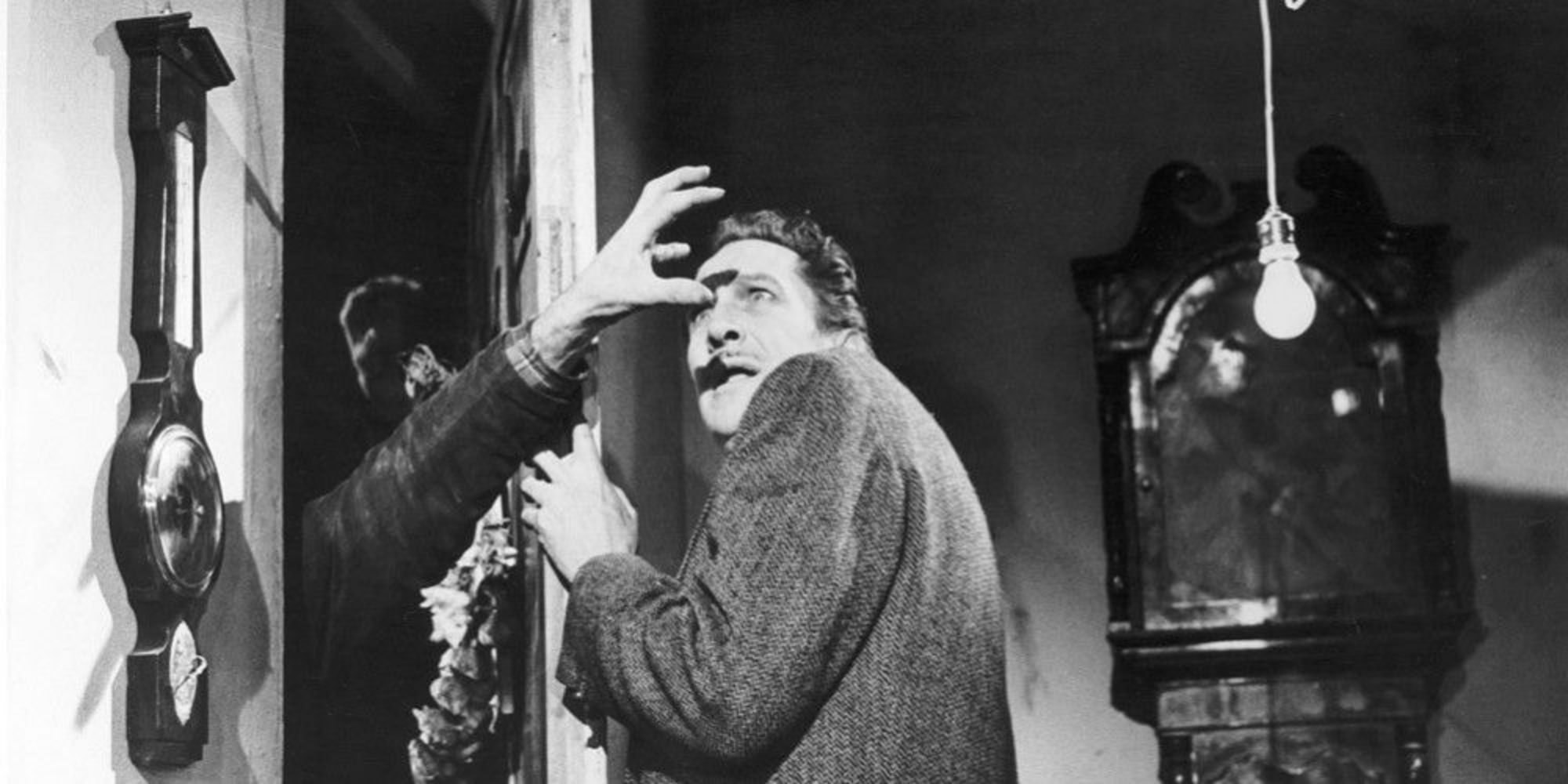
1964 movie The Last Man on Earth is the first film adaptation of Richard Matheson’s vampire novel I Am Legend. The movie stars horror legend Vincent Price as Dr. Robert Morgan: seemingly the sole survivor in a world overrun by a plague that has turned everyone else into bloodthirsty creatures possessing numerous vampiric traits such as being repelled by garlic. Morgan surmises that the plague must have existed for some time in some form and was likely the origin of vampire mythology. He spends his days vampire-hunting before fortifying himself inside his home to survive each night.
9 Torture Garden (1967)
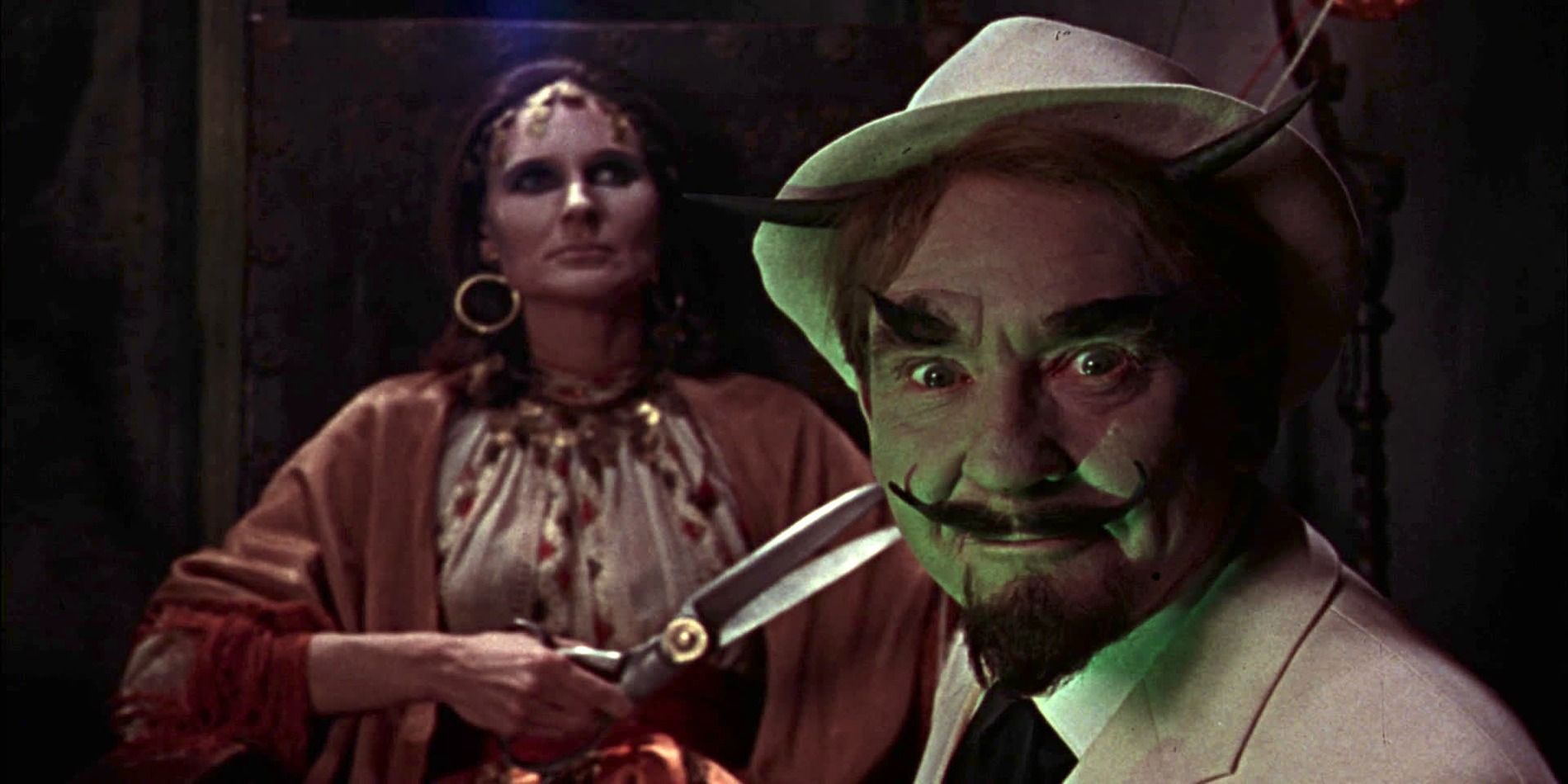
Five people visit a sideshow in a fairground. Unimpressed, the showman promises them a special, genuinely scary experience backstage if they’re willing to pay extra. Each of them then take turn being shown the terrifying fates that will soon befall them. Torture Garden is the third of eight anthology horror movies made by Amicus Productions between 1965 and 1974. While other titles in the series such as Dr. Terror’s House of Horrors and Tales from the Crypt are better known, Torture Garden makes a strong argument for being the best.
8 Psycho (1960)
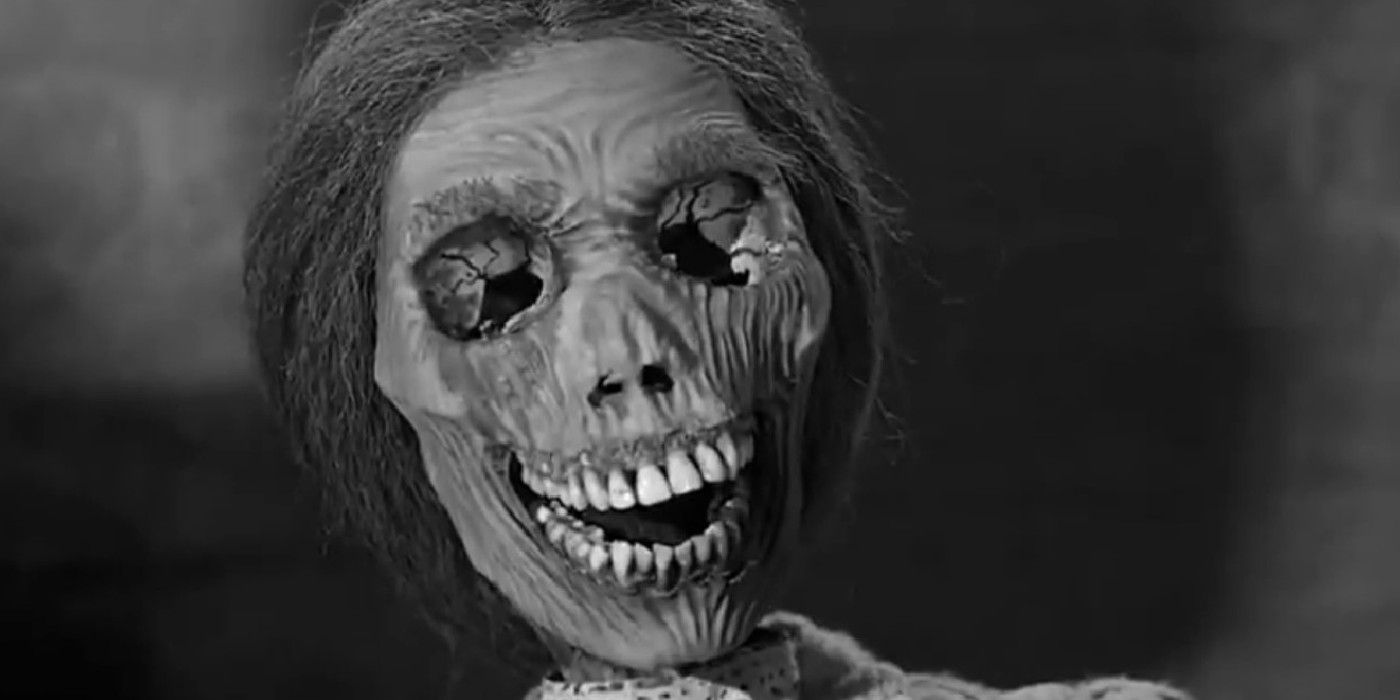
1960’s Psycho is often incorrectly cited as the first slasher movie (British film Peeping Tom beat it by two months) but it holds its legacy for a reason. Though far from perfect, Psycho is a delightful sandbox in which Alfred Hitchcock was allowed to play with conventions of narrative structure, creating a genuine whiplash effect for those lucky enough to experience the film without knowing its twists. Also incorrectly, the film is often cited as the first on-screen toilet flush, but a very real and much more impressive achievement is that the film is largely responsible for the word “psycho” ever entering the English lexicon.
7 Viy (1967)
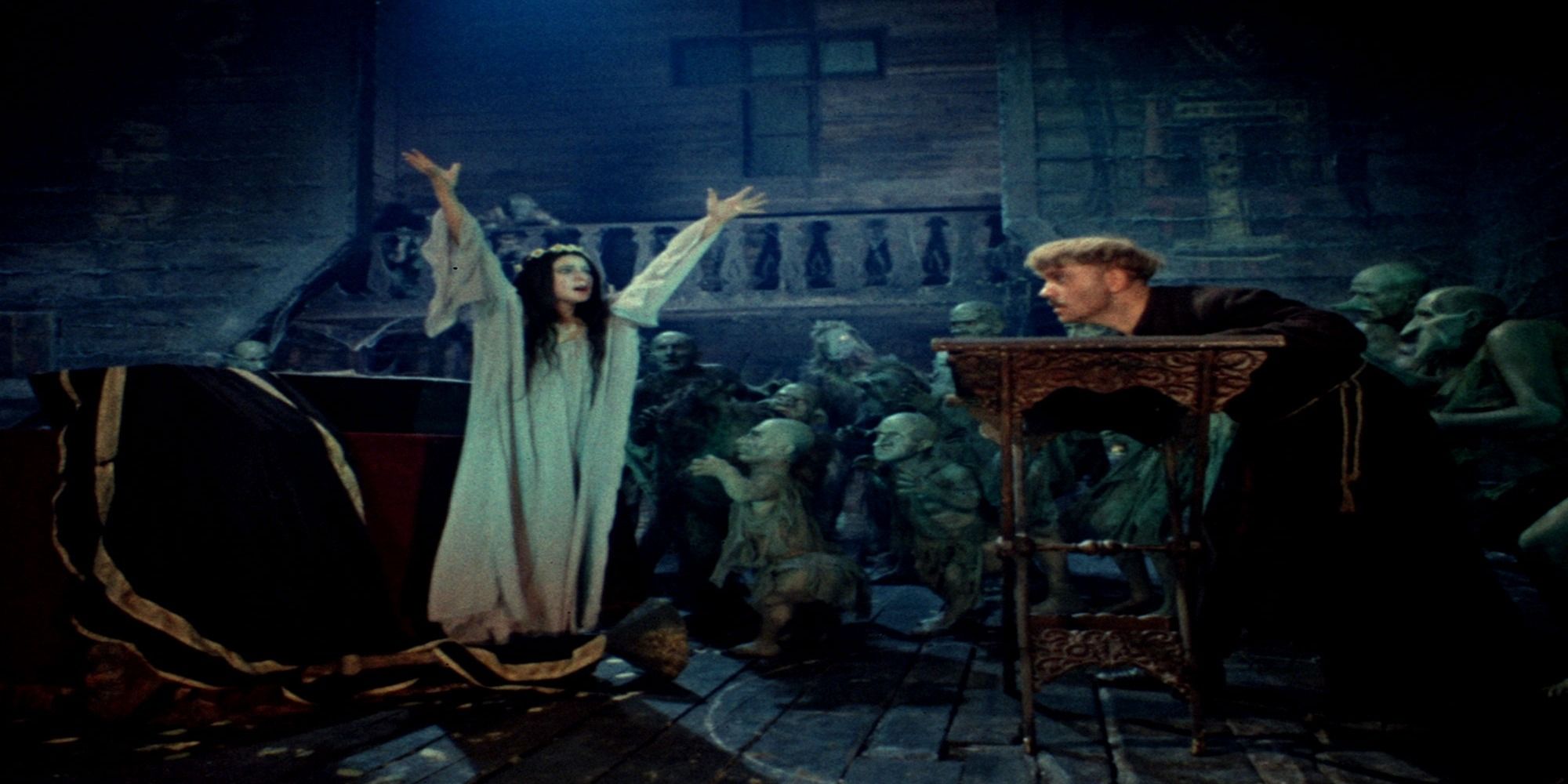
At moments during Viy, it’s difficult to believe the film is from 1967. Completely eschewing the stereotypes associated with Soviet cinema, its camerawork and sensibilities evoke The Evil Dead more than, say, Solaris. Based on the short story by Nikolai Gogol, the film follows a young priest who is forced to spend three nights watching over the body of a deceased young woman for whom’s death he believes he may be responsible. Armed only with his Bible and chalk for drawing a protection circle, he must defend himself as the woman repeatedly awakes during the night and attempts to kill him.
6 Village Of The Damned (1960)
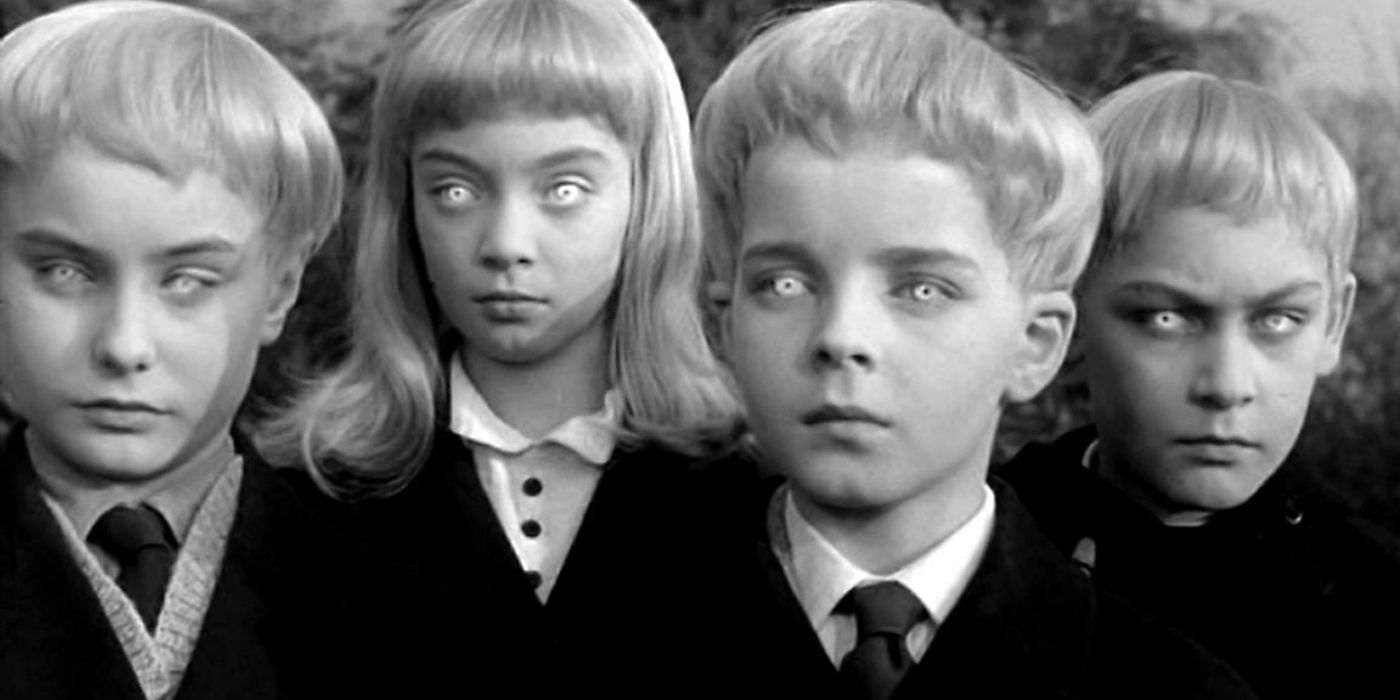
Based on The Midwich Cuckoos by John Wyndham, Village of the Damned is the rare case of a movie that’s better than the book on which it’s based. It takes an excessively expositional tale and turns it into something far more visceral and unsettling than was usual in ’60s cinema. In the aftermath of a freak event where everyone within a perimeter is rendered unconscious, the entire female population of a village finds themselves pregnant. The resulting blonde-haired, pale-eyed brood are perhaps the most effectively creepy children in cinema history.
5 The Haunting (1963)
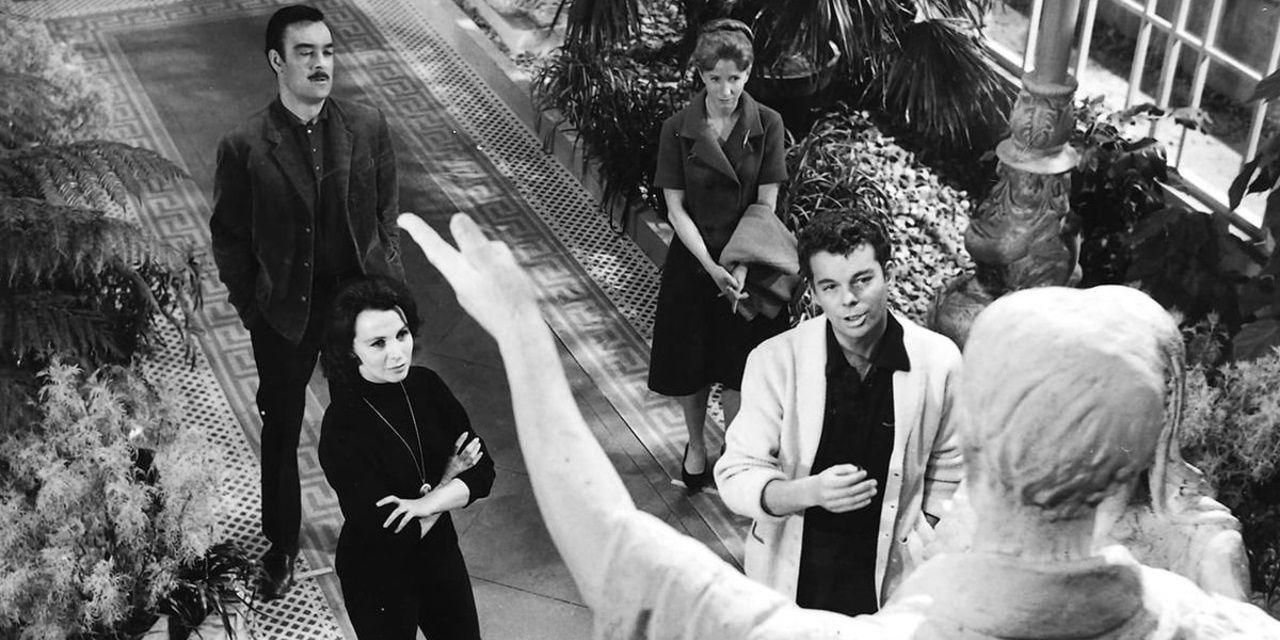
While Shirley Jackson’s The Haunting of Hill House is undoubtedly best known due to the 2018 Netflix adaptation, this early adaptation from 1963 has a great deal to offer. Unlike the miniseries, The Haunting follows a paranormal investigation conducted by a man who enlists a group of people to spend several nights within the walls of a supposedly cursed building. Just as with Viy, at times The Haunting feels far too modern to be from the ’60s. At times showcasing bombastic, almost violent camerawork, it’s a terrific haunted house movie that set the bar sky-high for those that followed.
4 Onibaba (1964)
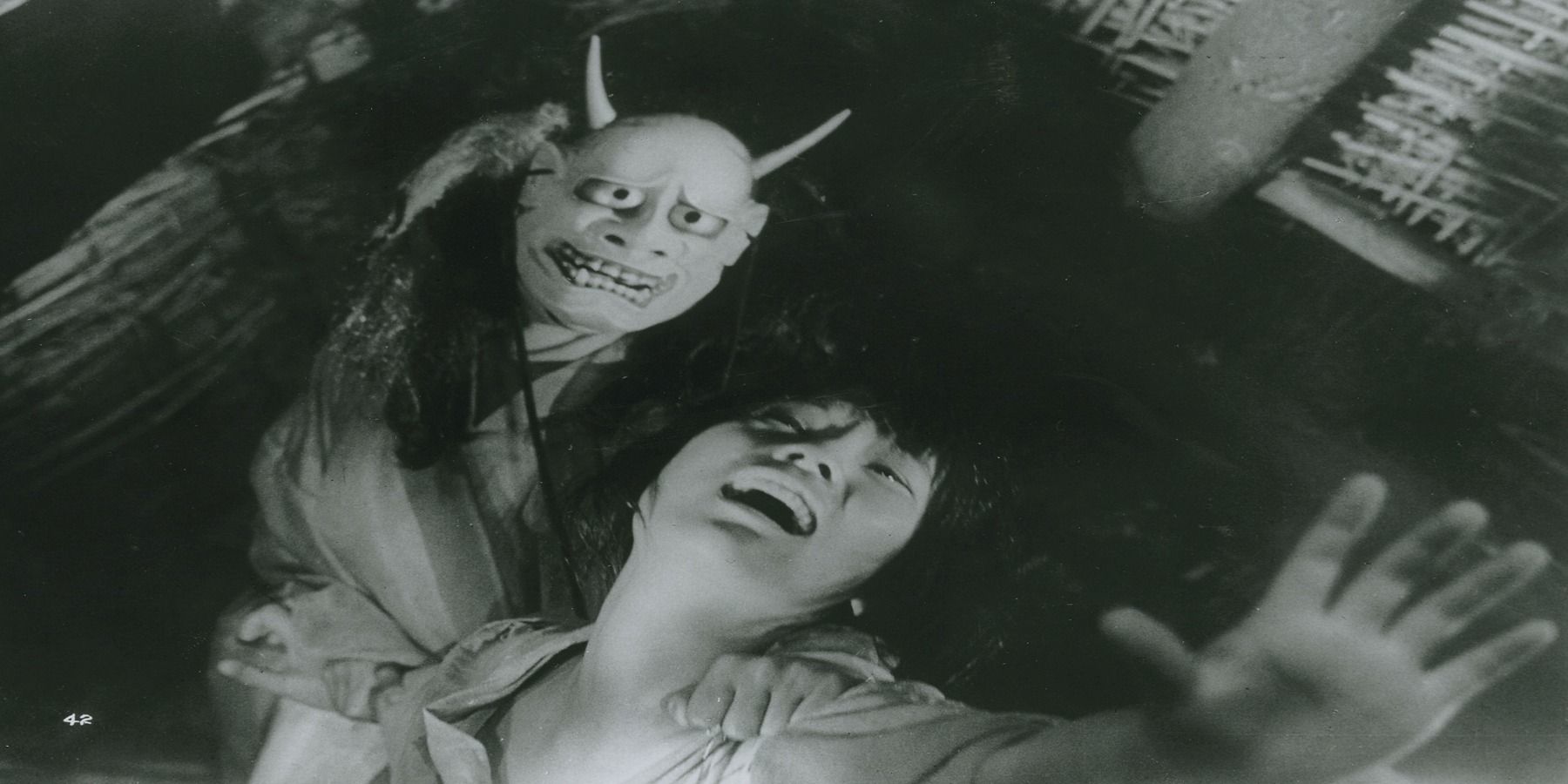
Set during the Onin War in Medieval Japan, two women scrape a meager existence for themselves by luring unsuspecting soldiers to the middle of a field full of thick, tall reeds, where they then murder them, steal their belongings, and dispose of the bodies in pit. After acquiring a demonic hannya mask from one victim, the older woman begins using it in an attempt to coerce her younger partner into behaving as she wishes. Things don’t go as planned and there’s soon an implication that, perhaps, the demon is real.
3 Carnival Of Souls (1962)
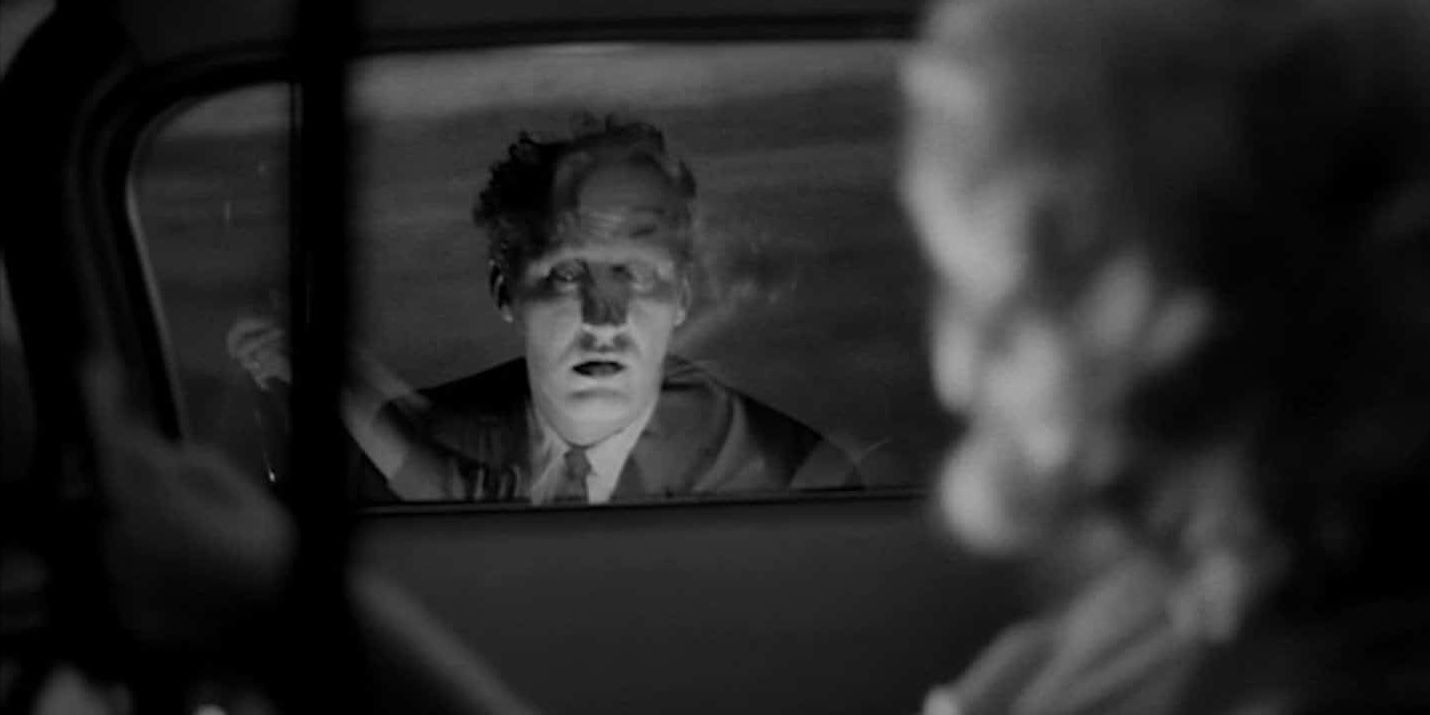
Not wanting to spoil the fantastic, powerhouse ending, it should suffice to say that Carnival of Souls features the same twist as a much more modern film that was hugely successful in part because of its twist. Carnival of Souls is about Mary Henry who begins being plagued by various, pale ghouls after she attempts to start a new life in Salt Lake City where she’s been hired as a church organist. Among other things, Carnival of Souls is notable for crescendoing with what is perhaps the definitive creepy carnival sequence.
2 Rosemary’s Baby (1968)
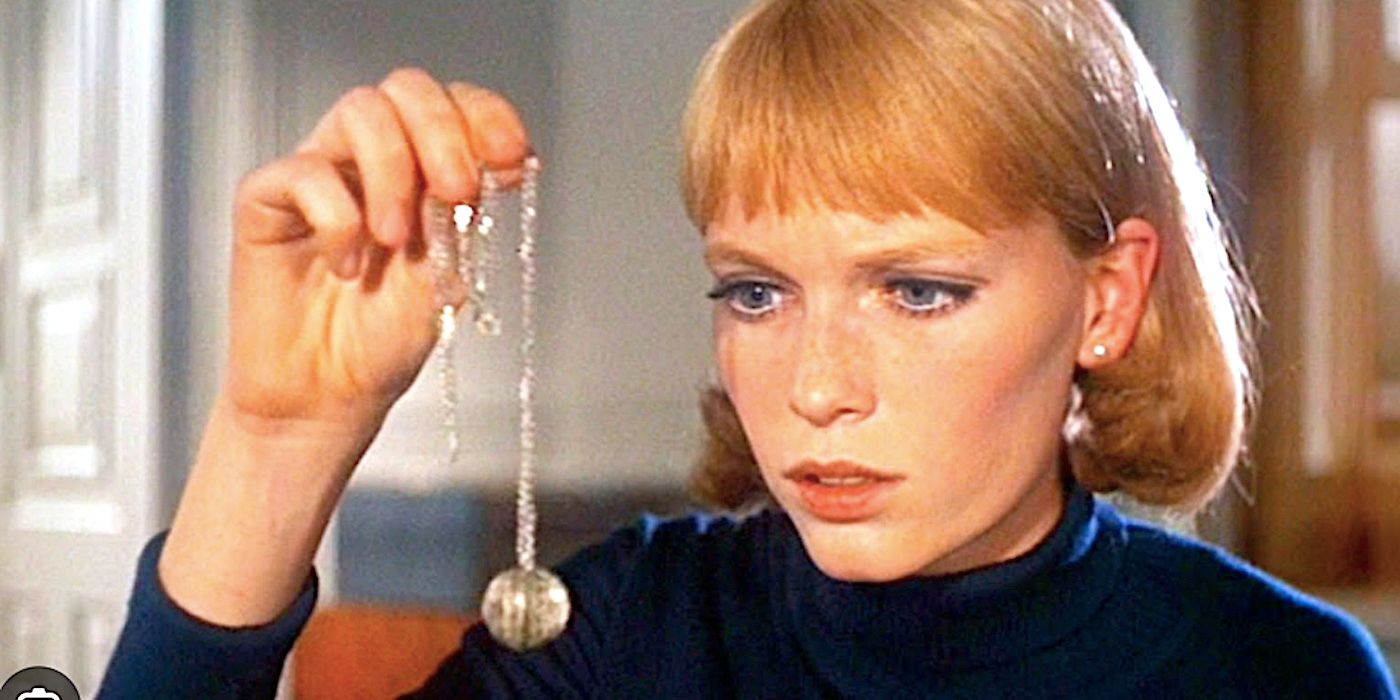
Even knowing the twist going in, similarly to films like The Wicker Man and Midsommar, Rosemary’s Baby remains a wonderfully unpleasant march towards its known conclusion, and is all the scarier for its inevitability. There’s a very real argument that it, too, falls into the recently coined category of folk horror. Focusing on the psychological isolation of its titular protagonist portrayed brilliantly by Mia Farrow, it’s unfortunate that Rosemary’s Baby is perhaps best-remembered for a haircut because, just as with Bride of Frankenstein, there’s actually a brilliant horror film here too.
1 Night Of The Living Dead (1968)
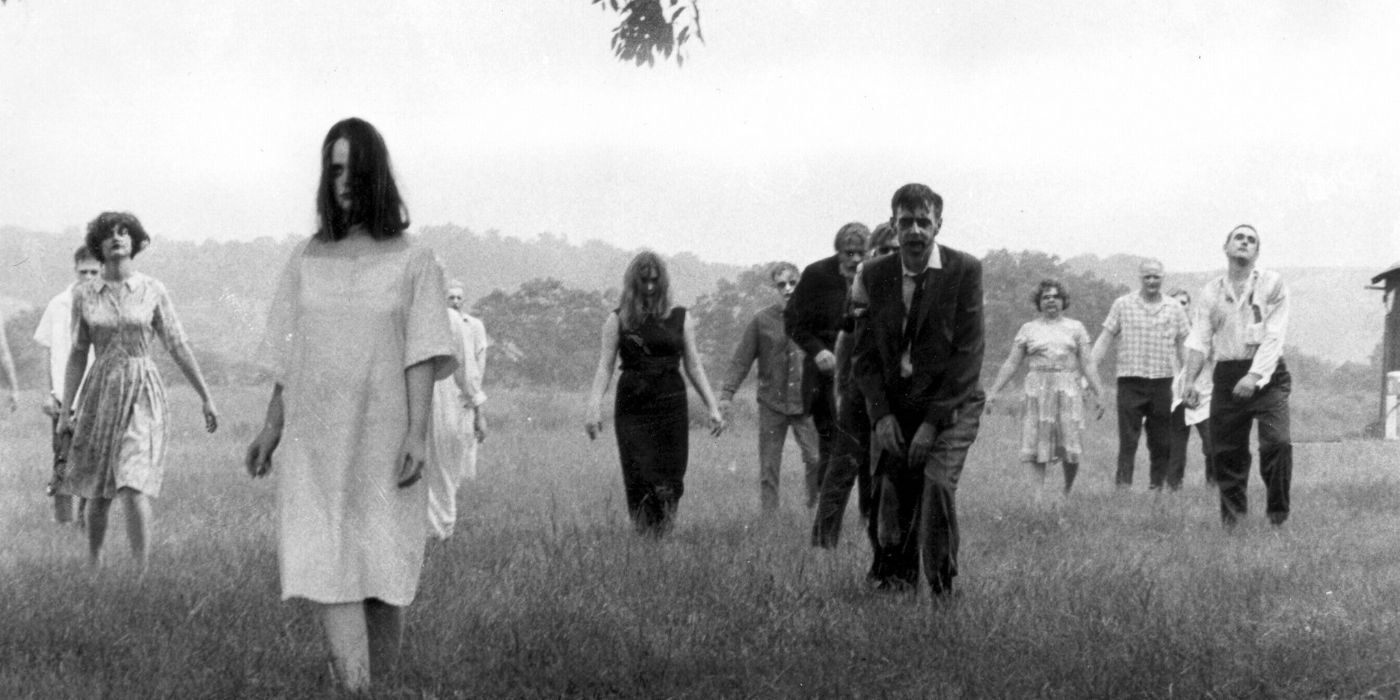
It’s difficult to find a more influential movie, horror or otherwise, than George A. Romero’s 1968 masterpiece Night of the Living Dead. While it’s undeniably rough around the edges, that only gives the production a visceral quality that makes it feel all the more uncanny and raw. While far from the first zombie movie, Night of the Living Dead absolutely created the modern concept of the monsters as infectious, flesh-eating corpses. Heavily influenced by I Am Legend, the end result is a time capsule that successfully bottled the uneasy undercurrent surrounding The Vietnam War and an America undergoing a social revolution.




